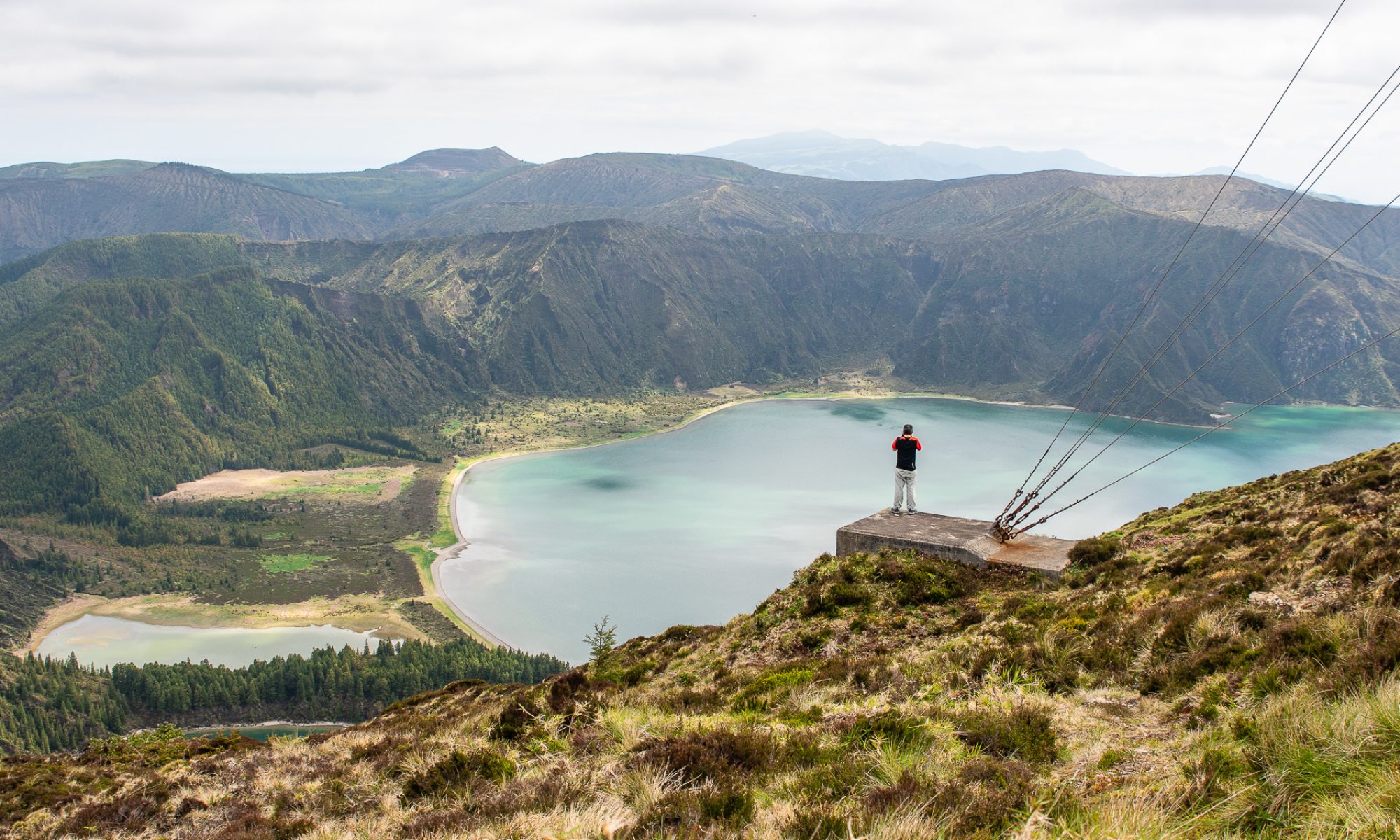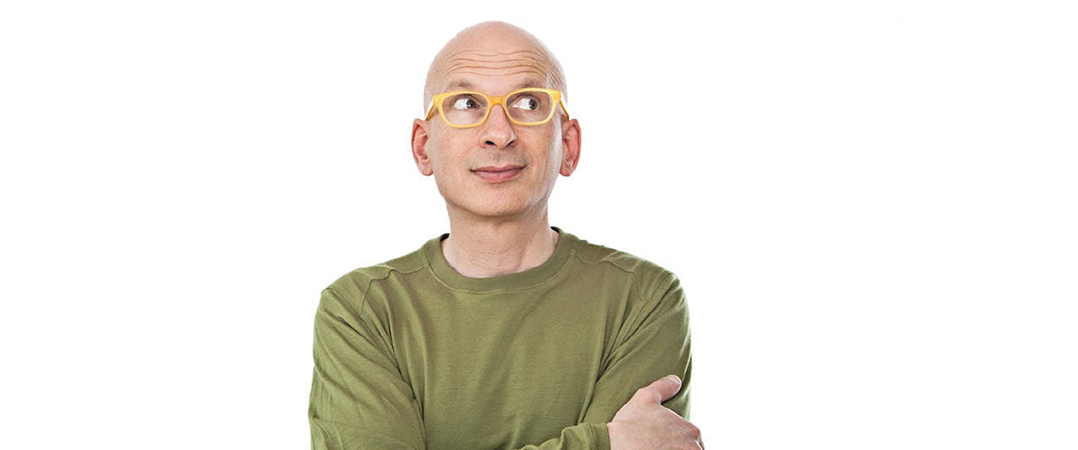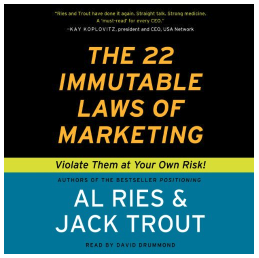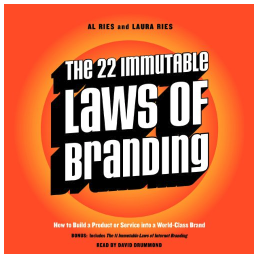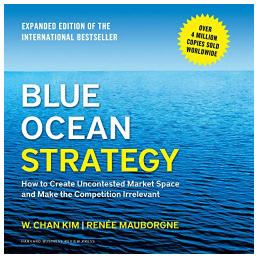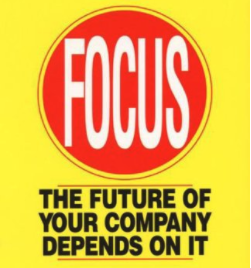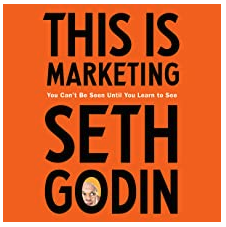For the past six (or it’s been seven? eight?) weeks, I’ve investing my time reading a lot, writing a bit, but mostly thinking. I picked some marketing books that would inspire me to think more creatively, to look for new ideas, to imagine bigger dreams and set new goals. Then I’ve been trying to bring those ideas down to earth, connect the dots, and make something happen.
Today I’d like to recommend three excellent marketing classics, all by Al Ries: The 22 Immutable Laws of Marketing, The 22 Immutable Laws of Branding, and Focus.
There’s another book that I enjoyed very much a few years ago, but this time has felt a bit “slow” or perhaps dated: The Blue Ocean Strategy by Chan Kim.
But there’s a fifth book, SO good, SO timely, SO jam-packed with useful and actionable ideas that it deserved writing a blog post, the one you are reading. That awesome book is “This is Marketing” by Seth Godin.
Almost every day I’be been going out for very long walks. The first chapter alone is so good that I also bought the audiobook version, and this is the only book I’ve been listening to.
Let me share some Seth Godin’s gems:
“The marketing that has suffused our entire lives is not the marketing that you want to do. The shortcuts using money to buy attention to sell average stuff to average people are an artifact of another time not the one we live in now. “
“Good marketers don’t use consumers to solve their company’s problem. They use marketing to solve other people’s problems.”
“People like us do things like this” is how each of us understands culture.
“Begin by organizing a tightly knit group, by getting people in sync. Culture beats strategy so much that culture IS strategy. “
“Who’s it for and what’s it for are the two questions that guide all of our decisions.”
Priceless. Straight to the point. And very true. Here’s an excerpt from the first chapter:
The 5 marketing steps suggested by Seth Godin.
- Invent a thing worth making, with a story worth telling, and a contribution worth talking about.
- Design and build it in a way that a few people will particularly benefit from, and care about.
- Tell a story that matches the built-in narrative and dreams of that tiny group of people, the smallest viable market.
- Spread the word.
- Show up. Regularly, consistently and generously. Organize, lead and build confidence in the change you seek to make. Earn permission to follow up, and to earn enrollment, to teach.
Why is this book so impactful to me? Because Seth’s advice is precisely what I’m hoping to do with THIS website. I’d like to connect with other creative people who emphasize story over gear. To find interesting people who do amazing things and help them reach wider audiences. To build a small tribe where we can safely share our experiences, good and bad, cool techniques and time-saving tricks, so we can grow together and spend more time doing creative things and less fighting with cables and firmware updates.
It might take a long time, and I might not be able to achieve it, but I can promise I’ll give you my best. One more, for the road:
“We don’t need to rely on the shiniest, latest digital media shortcut. We have even more powerful, nuanced, and timeless tools at our disposal: we tell stories, stories that resonate and hold up over time, stories that are true because we made them true, with our actions, and our products, and our services.”
